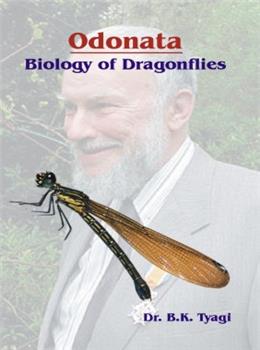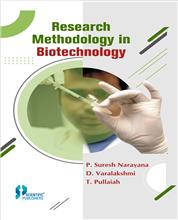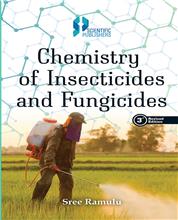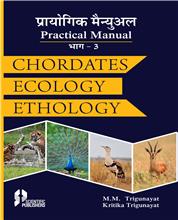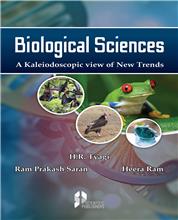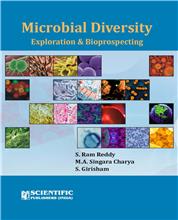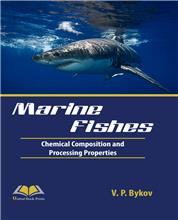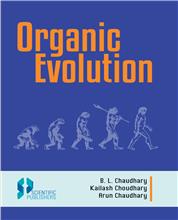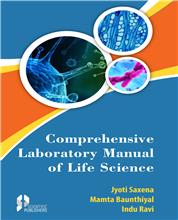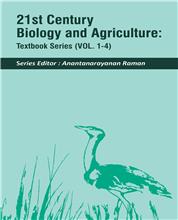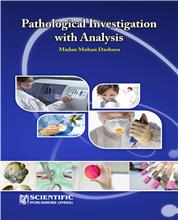Dragonflies (Odonata), represented by over 6000 known species, are unique insects. In more than one feature they differ, at the very first glance, from all other insect superorders including their nearest allies, the mayflies (Ephemeropteroidea). The Zygoptera and Anisoptera, on the other hand, are the dominant groups. Being voracious predators in both immature (aquatic) and adult (aerial) stages they are important elements of all, except the drier (or high alpine) environments in temperate and tropical regions, occupying a position at the apex of the food chain of invertebrate life. Many dragonfly species are tested biological control agents for several disease-transmitting vector mosquitoes, especially Aedes species. They are also ideal organisms to be used as indicators of water pollution and contamination. Many species serve as intermediate hosts of fluke parasites of birds, and thus are important in the transmission of parasitic diseases, especially of domestic poultry and wild ducks. Because of their unique morphology and physiology, dragonflies are used extensively in the study of many biological phenomena. All these subjects are discussed in this unique book comprising twenty three articles written by expert odonatologists from different parts of the world. The book is written in a lucid and comprehensible language, and will likely be useful to both the professional and amateur alike.
